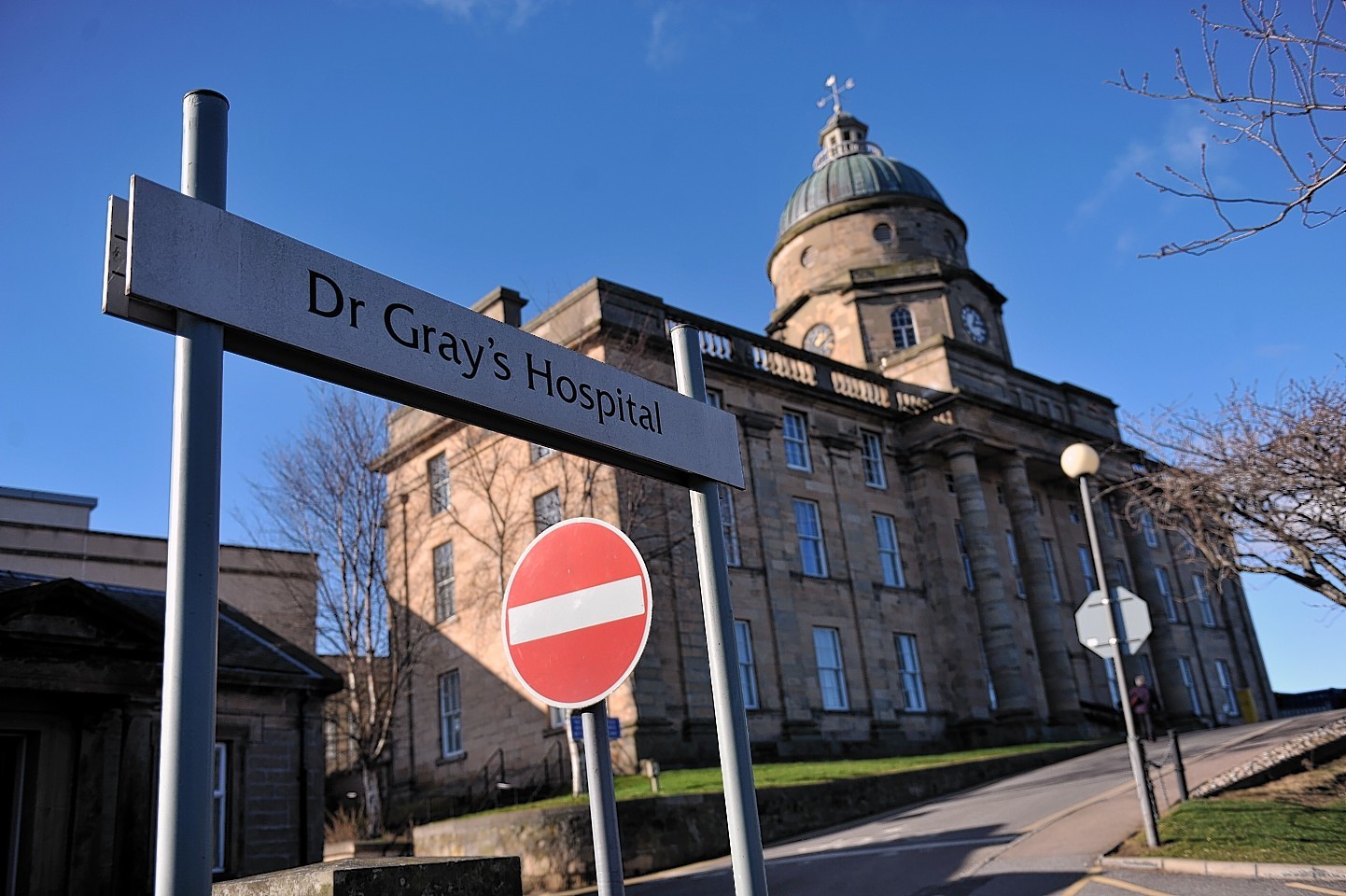Health bosses have been ordered to apologise to the family of a man left “profoundly incapacitated” due to his treatment in hospital.
The patient, known as Mr A, was admitted to Dr Gray’s in Elgin on January 16, 2015, suffering from sepsis caused by a chest infection.
Doctors noticed he was in a “dreadful state”, and realising his sodium levels were dangerously low, prescribed IV fluids to try to raise them.
However, his blood tests were not adequately monitored, and the quick rise in sodium levels in his bloodstream appears to have caused a neurological condition.
Mr A was in hospital for three months after developing osmotic demyelination syndrome.
During this time he was treated by physiotherapists, occupational therapists and speech and language therapists.
When he left hospital he needed to walk with a stick due to balance problems. The condition also affected his speech.
An advocacy worker lodged a complaint to Scottish Public Services Ombudsman (SPSO), which has been upheld.
In his findings, published yesterday, ombudsman Jim Martin said: “We took independent medical advice from a consultant physician, who did not consider Mr A’s sodium levels were adequately monitored.
“They said the rapid rise in sodium levels did not appear to have been considered at all until neurological deterioration was apparent.”
The ombudsman also upheld a complaint that a decision not to resuscitate Mr A in the event of heart or lung failure was not discussed with his daughter.
He recommended NHS Grampian review the patient’s care and take account of the failings identified.
And the health board was also told to apologise to the patient for their failure to appropriately manage his fluid intake and for the “serious impact this failing has had on his health and quality of life”.
An NHS Grampian spokeswoman said: “We have accepted the ombudsman’s recommendations and will implement them in full. This report will be shared in full with the relevant clinical staff.
“We will apologise unreservedly to the family for the areas where our care has fallen short of the high standards we would expect.”










